Burundi travel tips
Burundi travel tips: A small landlocked country in East Africa, is known for its lush landscapes, vibrant culture, and coffee production.
Provinces 🌎
Burundi travel tips. Here is a list of all the provinces of the Burundi.
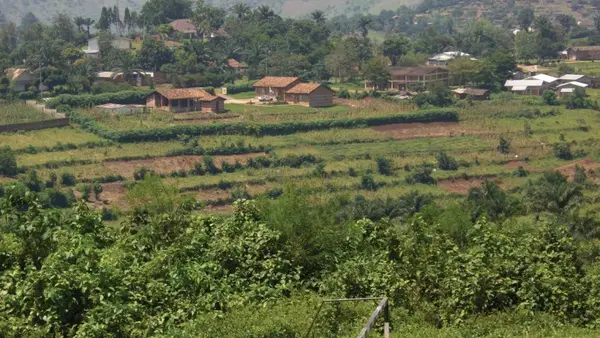
Bubanza

Bujumbura Mairie

Bujumbura Rural

Bururi

Cankuzo

Cibitoke

Gitega

Karuzi

Kayanza

Kirundo

Makamba

Muramvya

Muyinga

Mwaro

Ngozi

Rumonge
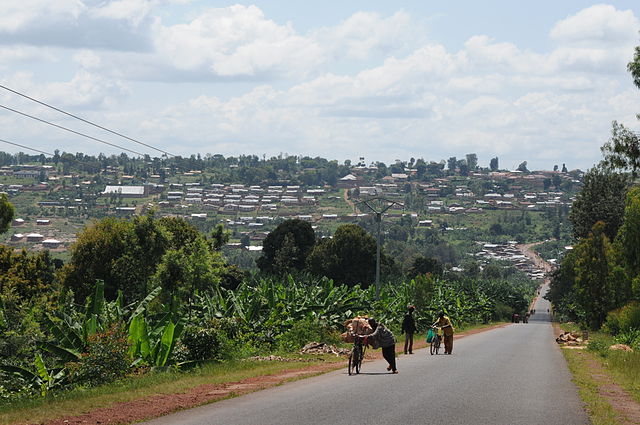
Rutana
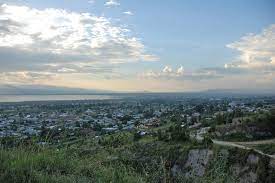
Ruyigi
Before you go 🛩
Important information you should know before your trip
Info

Capital | Bujumbura
Flag Codes:
ISO alpha-2 BI,
ISO alpha-3 BDI
Currency
Badge | Burundian Franc
CODE | BIF
NUMBER | 108
SYMBOL | Fr
FRACTION | penny
Mobile Coverage
Dialing Code | +257
SIM Card
Coverage | 3G / 4G / 5G |
Mobile Networks | Econet Mobile | Lumitel Mobile | Onatel Mobile | Smart Mobile |
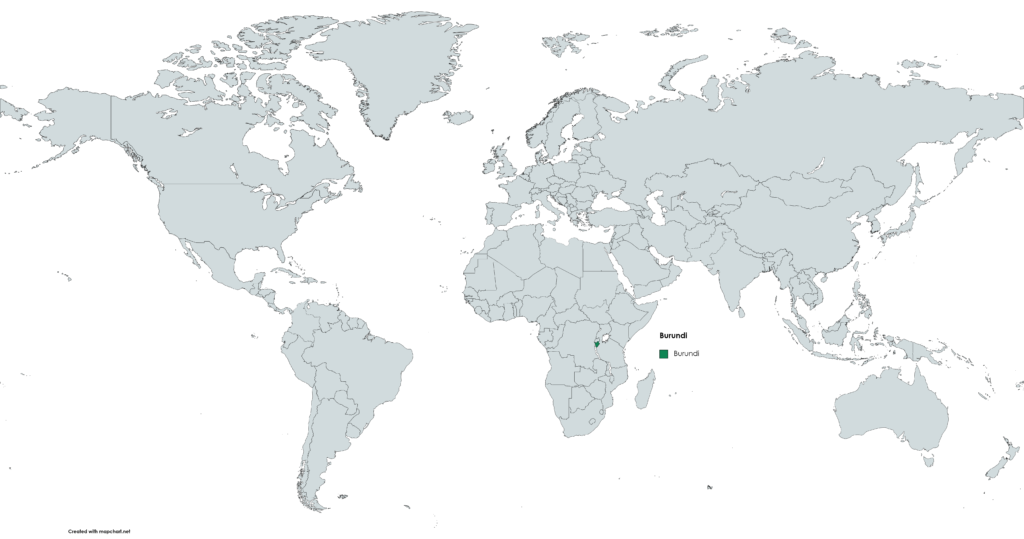
Location
Burundi is a landlocked country located in East Africa. It is situated in the African Great Lakes region and shares borders with several neighboring countries.
Capital City: The capital city of Burundi is Bujumbura, which is located in the western part of the country along the shore of Lake Tanganyika.
Burundi’s central location in East Africa places it within the African Great Lakes region, known for its stunning landscapes, including lakes, mountains, and fertile valleys. The country’s geography is characterized by a combination of highlands, plateaus, and lowlands, with Lake Tanganyika being a prominent geographical feature in the southwest.
Currency
The currency of Burundi is the Burundian Franc, abbreviated as BIF.
It is represented by the symbol “FBu.”
The Burundian Franc is issued and regulated by the Central Bank of Burundi, which is known as the “Banque de la République du Burundi” in French.
The currency is further subdivided into smaller units, with 100 centimes making up one Burundian Franc, although centimes are not commonly used in everyday transactions.
Banknotes and coins of various denominations are in circulation in Burundi.
Languages
The Republic of Burundi is a multilingual country with several languages spoken among its population. However, the most widely spoken languages in Burundi are:
Kirundi: Kirundi, also known as Rundi, is the official and national language of Burundi. It is a Bantu language and is spoken by the majority of the population as their mother tongue. Kirundi is used in education, administration, and the media.
French: French is one of the official languages of Burundi and is commonly used in government, business, and formal education. It is also widely spoken by the educated elite and is an important language for communication with the international community.
English: English is the other official language of Burundi, alongside French. While French has historically been more dominant, English is becoming increasingly important, particularly in international contexts and for trade relations.
Swahili: Swahili is spoken by a minority of the population, primarily in urban areas and among traders and migrants. It is also used for some business and trade purposes.
Local Languages: In addition to Kirundi, there are several local languages spoken by various ethnic groups in Burundi, including Kinyarwanda, Ha, and others. These languages are used within specific communities.
Climate 🌡
Burundi’s climate varies across the country due to differences in altitude and geography, but it can generally be described as having a combination of tropical and subtropical climate zones. Here are the key features of Burundi’s climate:
Highland and Plateau Climate: Much of Burundi’s terrain consists of highlands and plateaus, which have a milder and more temperate climate compared to lowland areas.
Altitude Variation: The altitude in Burundi ranges from lowland areas near Lake Tanganyika to higher elevations in the interior. The variation in altitude contributes to different climate patterns across the country.
Rainy Season:
Burundi experiences two main rainy seasons:
Long Rainy Season: Occurs from February to May, with the heaviest rainfall typically in March and April.
Short Rainy Season: Occurs from October to December.
Dry Season:
The dry season in Burundi is divided into two periods:
Long Dry Season: Occurs from June to September.
Short Dry Season: Occurs in January.
Rainfall Variation:
Rainfall amounts and patterns vary across the country. Western regions and higher elevations tend to receive more rainfall, while eastern areas and lowlands near Lake Tanganyika are drier.
Temperatures:
The climate is generally warm, with cooler temperatures at higher altitudes. In the lowland areas, temperatures can be hot and humid, while the highland regions have a more temperate climate.
Lake Tanganyika: The presence of Lake Tanganyika in the southwest has a moderating effect on the climate in that region. It helps to regulate temperatures and provides a source of moisture.
Fog: Due to its elevation, some highland areas, especially in the mornings and evenings, may experience fog or mist.
Agriculture: The climate in Burundi is suitable for agriculture, with fertile soils and adequate rainfall in many areas. The country relies on agriculture as a primary source of livelihood.
Climate Hazards: Burundi, like many countries in the region, can experience climate-related hazards such as flooding, landslides, and occasional droughts during periods of low rainfall.
Burundi travel tips
If you’re planning a trip to Burundi, here are some travel tips to enhance your experience:
Visa and Entry Requirements:
Check visa requirements in advance. Ensure your passport has at least six months of validity.
Health Precautions:
Get vaccinated for yellow fever and other recommended vaccinations. Malaria is prevalent, take appropriate prophylactics and use mosquito repellent.
Cultural Respect:
Greetings are important; a handshake is common. Dress modestly, especially in rural areas and religious sites.
Sightseeing:
Explore Bujumbura for its beaches, markets, and cultural sites. Visit Kibira National Park for nature and wildlife experiences.
Transportation:
Public transport is available, but consider hiring a local guide or driver. Roads may be challenging, so plan for travel delays. View Guide.
Leave No Trace:
Respect the environment; dispose of waste responsibly. Be mindful of the local customs and traditions, leaving a positive impact on the community.
Environmental Responsibility:
Respect the natural surroundings; practice responsible tourism. Avoid single-use plastics and participate in eco-friendly activities.
Enjoy your time in Burundi!

The best of the best
Burundi’s cuisine reflects the country’s agricultural traditions and is characterized by a variety of staple foods, including grains, legumes, vegetables, and meats.

Agatogo
Agatogo is a dish made from ground peanuts and leafy greens, often served with rice or ugali.

Umutsima
Umutsima is a dish made from mashed cassava and plantains, mixed with groundnut sauce.
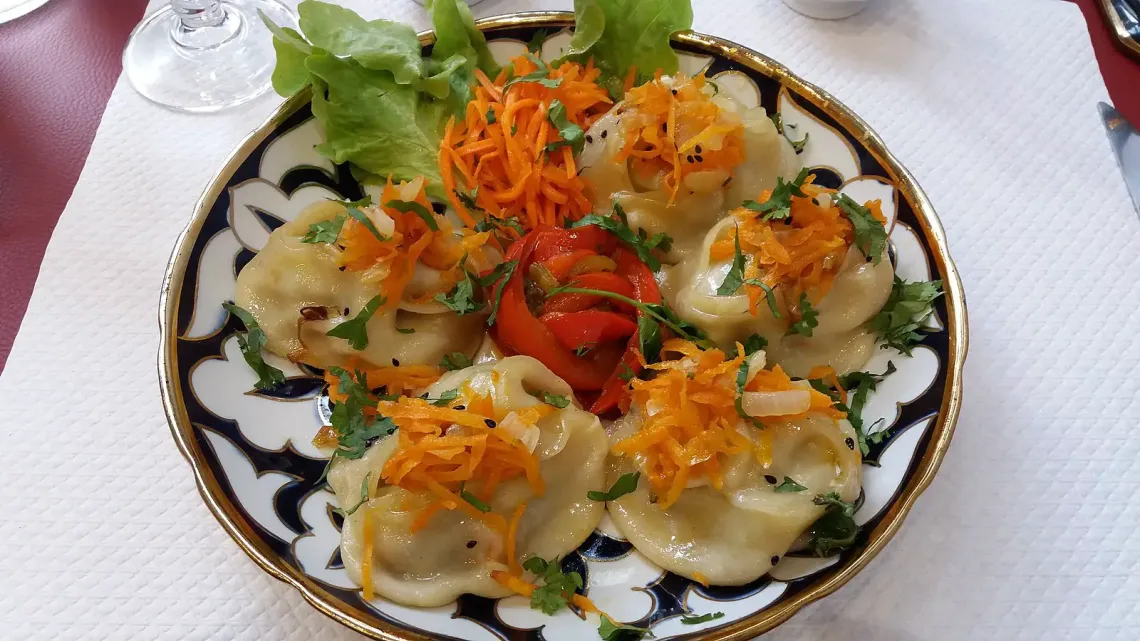
Ibihaza
Ibihaza is a dish made from plantains, which are sliced and fried until they become crispy. It is similar to plantain chips and is often enjoyed as a snack.
Here are some typical foods and dishes commonly enjoyed in Burundi:
Ugali: Ugali, also known as “posho” or “sadza” in other East African countries, is a popular starchy staple made from maize (corn) flour. It is similar to a thick porridge or dough and is often served as an accompaniment to various dishes.
Isombe: Isombe is a traditional dish made from cassava leaves, peanuts, palm oil, and sometimes fish or meat. It has a rich and hearty flavor and is often served with rice or ugali.
Beans and Rice: Beans and rice are a common combination in Burundi. Red kidney beans and white rice are often cooked together and served as a nutritious and filling meal.
Akabenz: Akabenz is a popular fish stew made with freshwater fish from Lake Tanganyika. The fish is cooked with vegetables and spices, creating a flavorful dish.
Ikivuguto: Ikivuguto is a fermented milk drink similar to yogurt but with a tangy taste. It is often served as a refreshing beverage or used in cooking.
Sambusa: Sambusa, also known as “samosa” in some regions, is a popular snack made from pastry filled with various ingredients, such as vegetables, meat, or lentils.
Mtori: Mtori is a dish made from green bananas, meat (usually beef or goat), and peanut sauce. It is a hearty and flavorful meal.
Burundi’s cuisine is influenced by its agricultural traditions and the availability of locally grown ingredients. Meals are often prepared using fresh and seasonal produce, and communal dining is an important part of the country’s food culture.
Transportation 🚥
More information about this country
Choose your destination 📍🗺
Useful Links ✅



